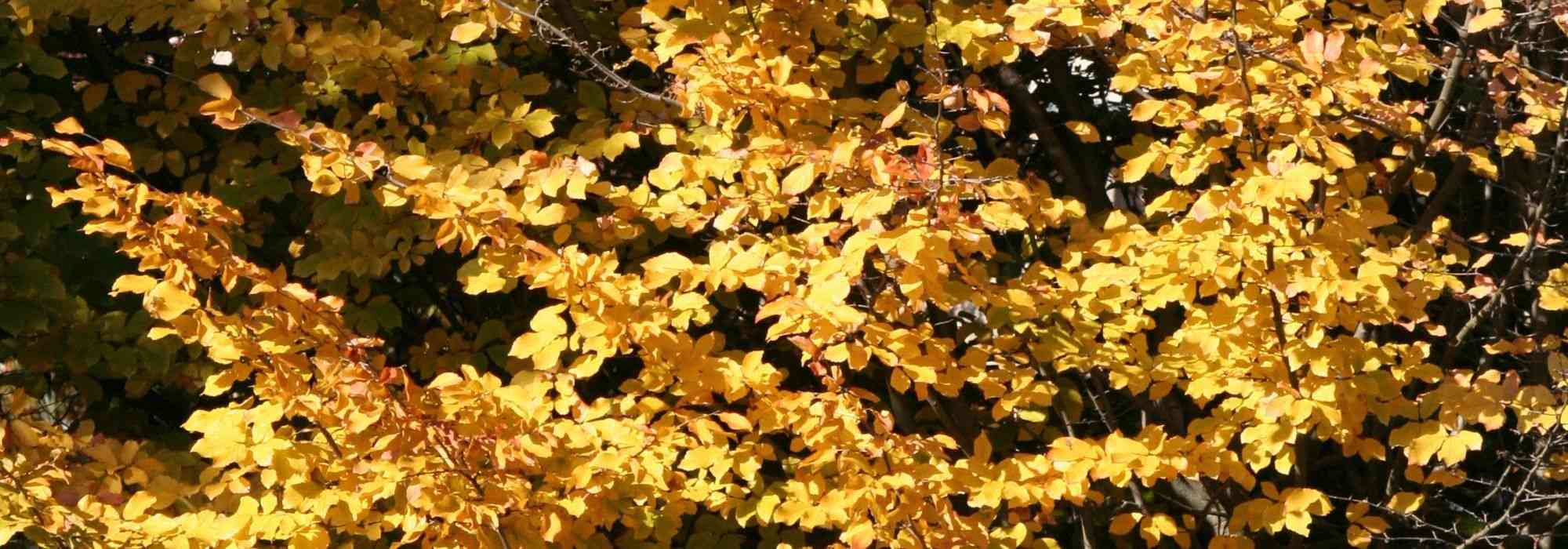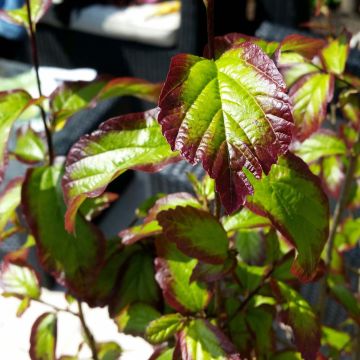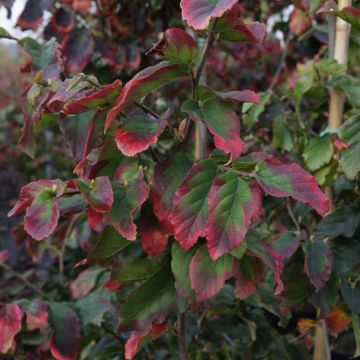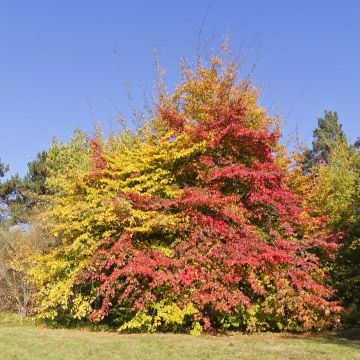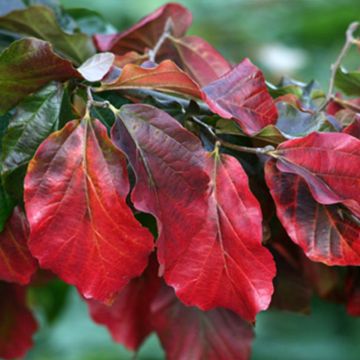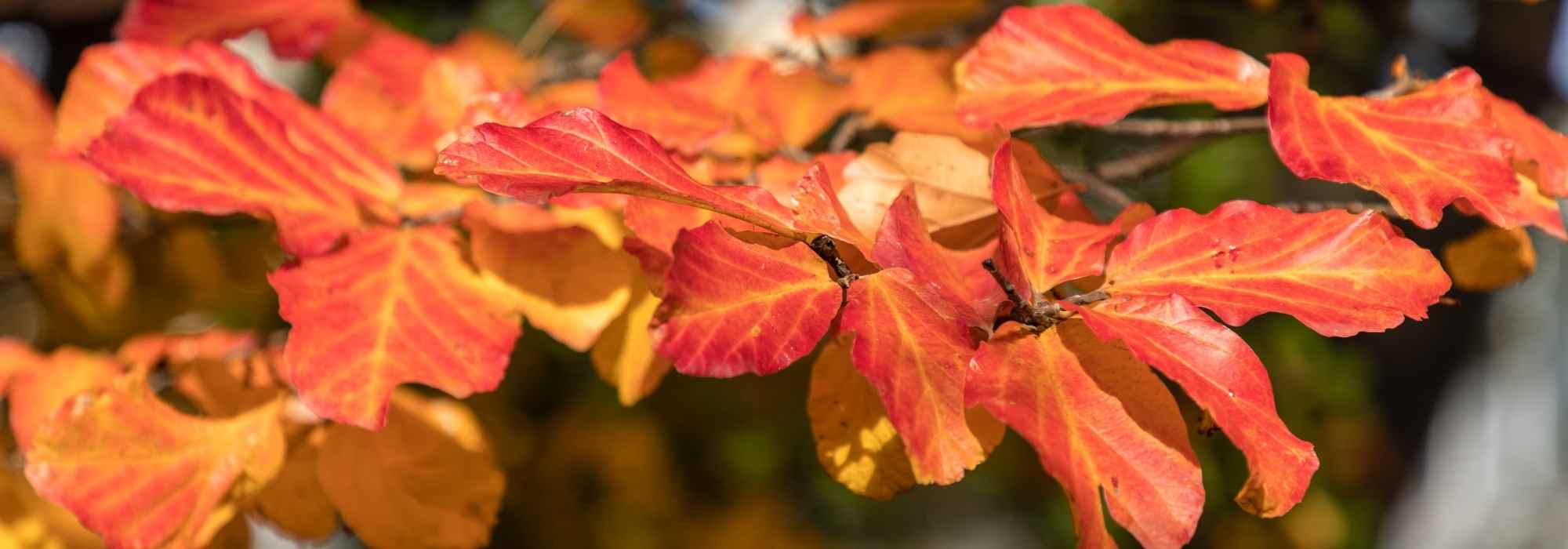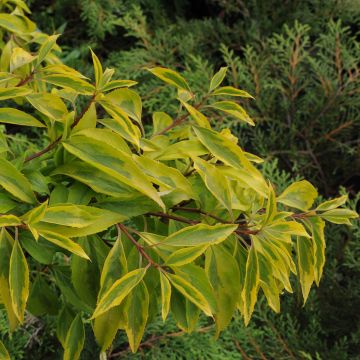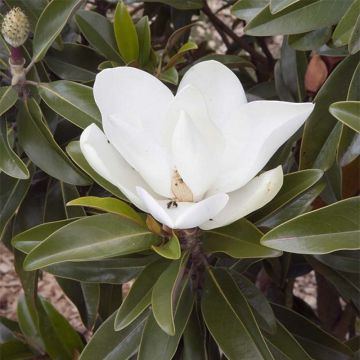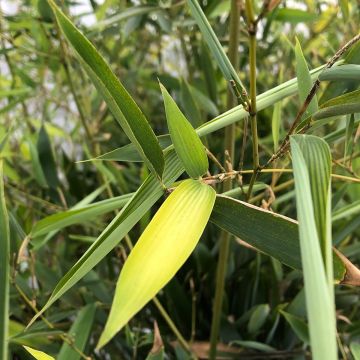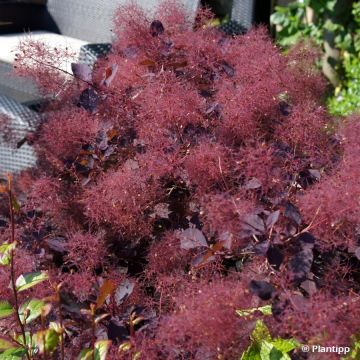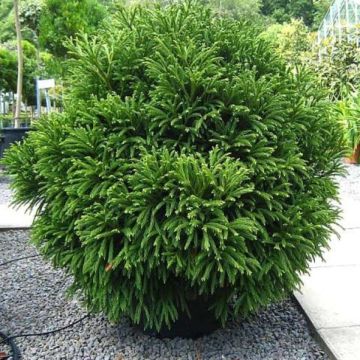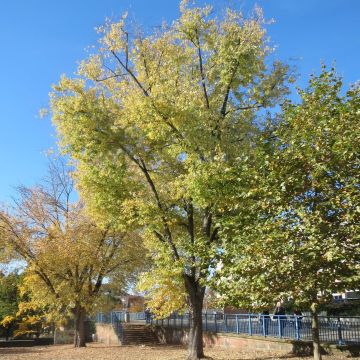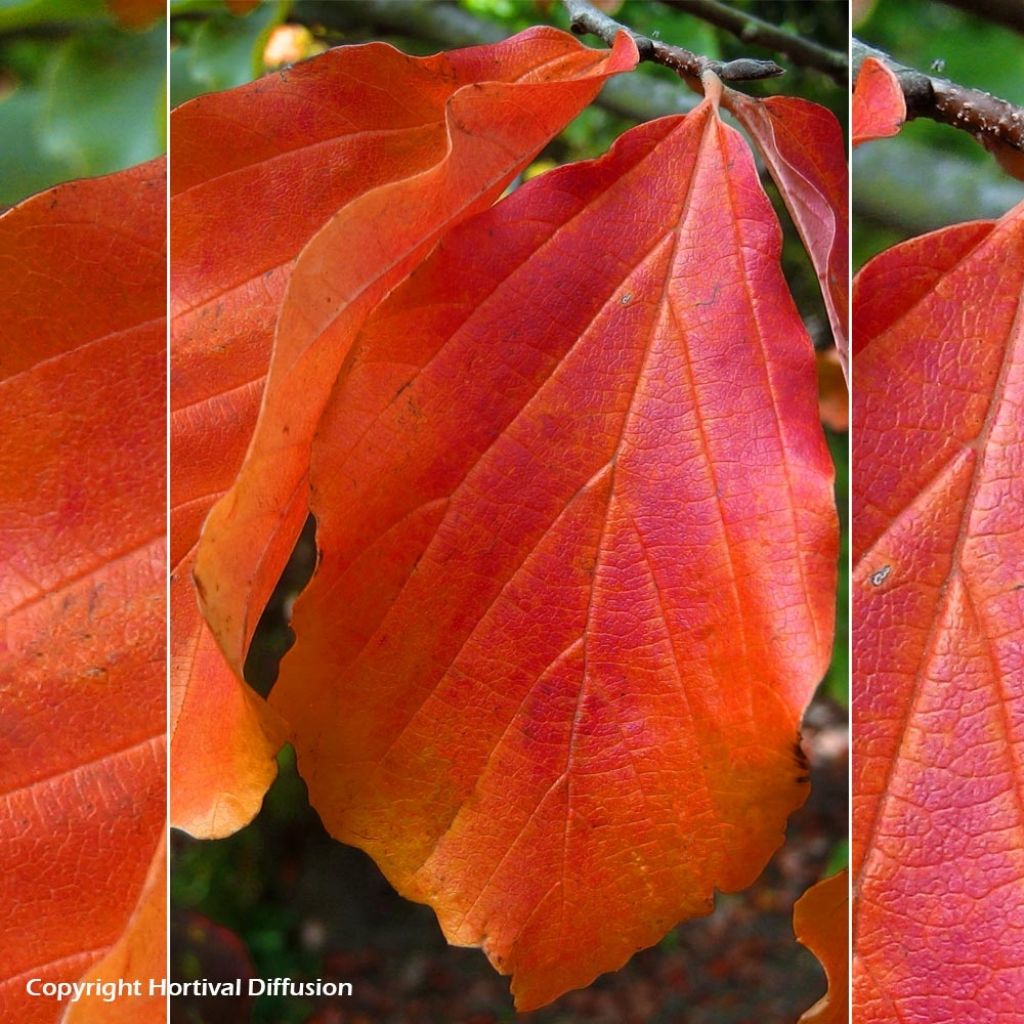

Parrotia persica Bella - Arbre de fer
Parrotia persica Bella - Persian Ironwood
Parrotia persica Bella®
Persian Ironwood
Special offer!
Receive a €20 voucher for any order over €90 (excluding delivery costs, credit notes, and plastic-free options)!
1- Add your favorite plants to your cart.
2- Once you have reached €90, confirm your order (you can even choose the delivery date!).
3- As soon as your order is shipped, you will receive an email containing your voucher code, valid for 3 months (90 days).
Your voucher is unique and can only be used once, for any order with a minimum value of €20, excluding delivery costs.
Can be combined with other current offers, non-divisible and non-refundable.
Home or relay delivery (depending on size and destination)
Schedule delivery date,
and select date in basket
This plant carries a 24 months recovery warranty
More information
We guarantee the quality of our plants for a full growing cycle, and will replace at our expense any plant that fails to recover under normal climatic and planting conditions.
Does this plant fit my garden?
Set up your Plantfit profile →
Description
The Parrotia persica Bella is a variety of Ironwood tree that differs from the typical species mainly by its narrower habit, which gives it a lot of elegance and makes it easier to fit into a medium-sized garden. Its narrow and semi-open oval crown, quite dense, will not exceed 4.50m (15ft) to 5m (16ft) wide. This small tree develops purple foliage in spring, turning to bright green in summer before the autumn blaze. It also surprises in spring with its flowering in clusters of red stamens that appear directly on the bare branches. Finally, in winter, it reveals its beautifully exfoliating bark like that of some plane trees.
The Ironwood tree belongs to the family of hamamelidaceae, it is native to northern Iran and eastern Caucasus. The Bella cultivar was selected in the Caucasus by Herman Geers and introduced to the Netherlands in 2004. At maturity, it will reach about 10m (33ft) in height and 4m (13ft) in width. It has a stout trunk, sometimes even multiple trunks, covered with a gray bark that flakes off in a beautiful camouflage pattern over time. The flowers appear before the leaves directly on the branches. They consist of clusters of dark red stamens surrounded by brown bracts. The Parrotia persica Bella shows purple young shoots in spring. The lamina of the leaves, with a glossy texture, develops by sometimes margining in bronze on a light green background, then dark green. In summer, the coloured margin extends, and the leaf starts to take on beautiful colours. Then the foliage truly ignites in autumn, with green, gold, orange, scarlet, and purple all mingling in a single leaf. The undulate leaves, more or less lozenge-shaped, are thick, strongly veined, and resemble those of the beech tree. In winter, its bark exfoliates in plates and reveals subtle shades of gray, reddish-brown, and verdigris. The colors will be more pronounced in acidic soil, although this tree tolerates some limestone.
The Parrotia persica Bella will naturally find its place as a standalone tree in a medium-sized garden, in a grove, or in an alignment in a park. For example, associate it with heathers, camellias, Hamamelis, Leucothoe, and pieris in acidic soil. In neutral or slightly alkaline, well-drained soil, pair it with 'Grace' smoke tree (Cotinus coggygria 'Grace'), dwarf winged spindle (Euonymus alatus 'Compactus'), and tall autumn asters to create a dazzling grove from September to November. Note that the drought resistance and hardiness of the Ironwood tree allow it to be grown in many situations.
The Parrotia persica was introduced to Europe in 1841. Its vernacular name of Ironwood tree is inspired by its exceptionally hard wood, which is difficult to work with. It has been used as a basis for the creation of tools that are sometimes over 2000 years old.
Parrotia persica Bella - Persian Ironwood in pictures
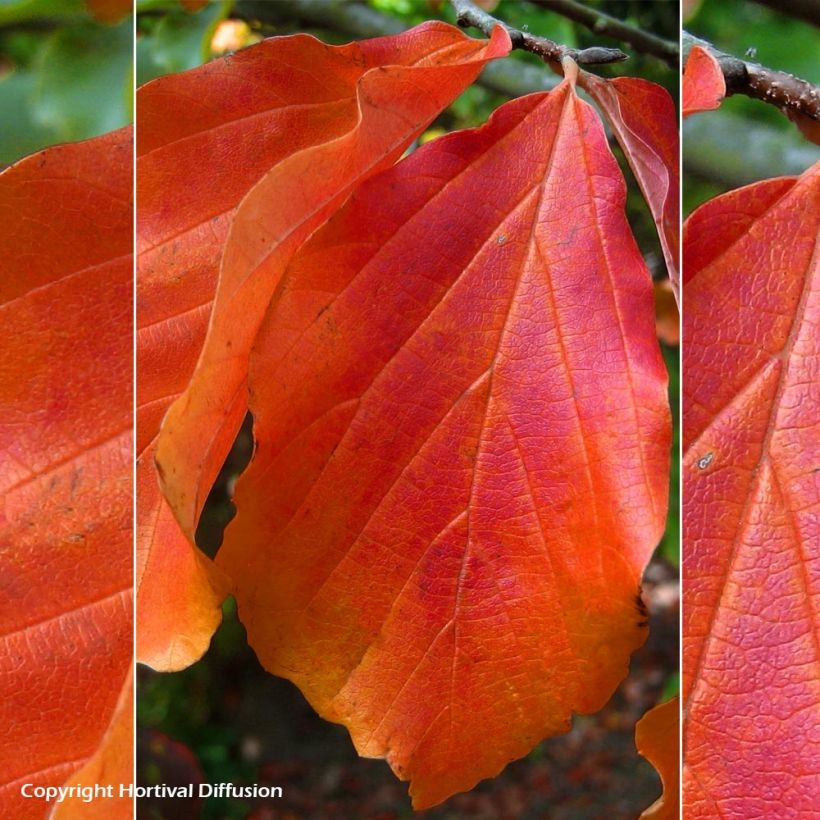

Plant habit
Flowering
Foliage
Botanical data
Parrotia
persica
Bella®
Hamamelidaceae
Persian Ironwood
Cultivar or hybrid
Other Parrotia - Persian Ironwood
View all →Planting and care
Plant the Bella Iron Tree preferably in neutral to acidic soil, moist to dry in summer, but always well-drained. The origins of this large bush explain its undemanding nature (in Iran, the climate is hot and dry). It will thrive in partial shade or in the sun, but it is commonly accepted that the autumnal shades of the canopy will be more intense in acidic and cool soil, and with the advantage of a sunny but not scorching exposure. The enemies of the Persian Ironwood are mainly heatwaves and otters.
Planting period
Intended location
Care
Planting & care advice
-
, onOrder confirmed
Reply from on Promesse de fleurs
Similar products
Haven't found what you were looking for?
Hardiness is the lowest winter temperature a plant can endure without suffering serious damage or even dying. However, hardiness is affected by location (a sheltered area, such as a patio), protection (winter cover) and soil type (hardiness is improved by well-drained soil).

Photo Sharing Terms & Conditions
In order to encourage gardeners to interact and share their experiences, Promesse de fleurs offers various media enabling content to be uploaded onto its Site - in particular via the ‘Photo sharing’ module.
The User agrees to refrain from:
- Posting any content that is illegal, prejudicial, insulting, racist, inciteful to hatred, revisionist, contrary to public decency, that infringes on privacy or on the privacy rights of third parties, in particular the publicity rights of persons and goods, intellectual property rights, or the right to privacy.
- Submitting content on behalf of a third party;
- Impersonate the identity of a third party and/or publish any personal information about a third party;
In general, the User undertakes to refrain from any unethical behaviour.
All Content (in particular text, comments, files, images, photos, videos, creative works, etc.), which may be subject to property or intellectual property rights, image or other private rights, shall remain the property of the User, subject to the limited rights granted by the terms of the licence granted by Promesse de fleurs as stated below. Users are at liberty to publish or not to publish such Content on the Site, notably via the ‘Photo Sharing’ facility, and accept that this Content shall be made public and freely accessible, notably on the Internet.
Users further acknowledge, undertake to have ,and guarantee that they hold all necessary rights and permissions to publish such material on the Site, in particular with regard to the legislation in force pertaining to any privacy, property, intellectual property, image, or contractual rights, or rights of any other nature. By publishing such Content on the Site, Users acknowledge accepting full liability as publishers of the Content within the meaning of the law, and grant Promesse de fleurs, free of charge, an inclusive, worldwide licence for the said Content for the entire duration of its publication, including all reproduction, representation, up/downloading, displaying, performing, transmission, and storage rights.
Users also grant permission for their name to be linked to the Content and accept that this link may not always be made available.
By engaging in posting material, Users consent to their Content becoming automatically accessible on the Internet, in particular on other sites and/or blogs and/or web pages of the Promesse de fleurs site, including in particular social pages and the Promesse de fleurs catalogue.
Users may secure the removal of entrusted content free of charge by issuing a simple request via our contact form.
The flowering period indicated on our website applies to countries and regions located in USDA zone 8 (France, the United Kingdom, Ireland, the Netherlands, etc.)
It will vary according to where you live:
- In zones 9 to 10 (Italy, Spain, Greece, etc.), flowering will occur about 2 to 4 weeks earlier.
- In zones 6 to 7 (Germany, Poland, Slovenia, and lower mountainous regions), flowering will be delayed by 2 to 3 weeks.
- In zone 5 (Central Europe, Scandinavia), blooming will be delayed by 3 to 5 weeks.
In temperate climates, pruning of spring-flowering shrubs (forsythia, spireas, etc.) should be done just after flowering.
Pruning of summer-flowering shrubs (Indian Lilac, Perovskia, etc.) can be done in winter or spring.
In cold regions as well as with frost-sensitive plants, avoid pruning too early when severe frosts may still occur.
The planting period indicated on our website applies to countries and regions located in USDA zone 8 (France, United Kingdom, Ireland, Netherlands).
It will vary according to where you live:
- In Mediterranean zones (Marseille, Madrid, Milan, etc.), autumn and winter are the best planting periods.
- In continental zones (Strasbourg, Munich, Vienna, etc.), delay planting by 2 to 3 weeks in spring and bring it forward by 2 to 4 weeks in autumn.
- In mountainous regions (the Alps, Pyrenees, Carpathians, etc.), it is best to plant in late spring (May-June) or late summer (August-September).
The harvesting period indicated on our website applies to countries and regions in USDA zone 8 (France, England, Ireland, the Netherlands).
In colder areas (Scandinavia, Poland, Austria...) fruit and vegetable harvests are likely to be delayed by 3-4 weeks.
In warmer areas (Italy, Spain, Greece, etc.), harvesting will probably take place earlier, depending on weather conditions.
The sowing periods indicated on our website apply to countries and regions within USDA Zone 8 (France, UK, Ireland, Netherlands).
In colder areas (Scandinavia, Poland, Austria...), delay any outdoor sowing by 3-4 weeks, or sow under glass.
In warmer climes (Italy, Spain, Greece, etc.), bring outdoor sowing forward by a few weeks.






























